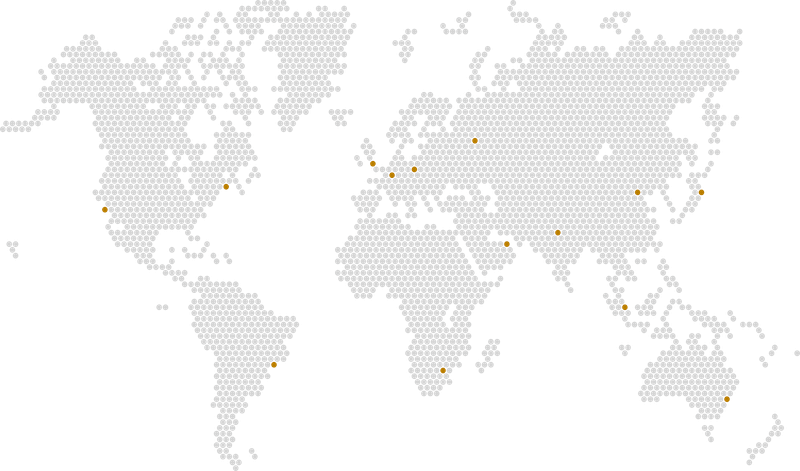
In today’s fast-paced manufacturing landscape, efficient material management is crucial for staying competitive and maximizing profitability. Embracing the principles of Kaizen, a philosophy centered around continuous improvement, can significantly contribute to waste reduction and streamline material management processes.
Understanding Kaizen
Kaizen, originating from Japan, emphasizes the incremental and continuous improvement of processes, products, and systems. It advocates for a culture of constant evaluation, innovation, and adaptation to drive efficiency and eliminate waste at every level of operation.
Identifying Waste in Material Management
In material management, waste can manifest in various forms, including excess inventory, overproduction, unnecessary movement, defects, waiting time, and underutilized resources. These inefficiencies not only impact costs but also hinder productivity and responsiveness to customer demand.
Applying Kaizen Principles
- Value Stream Mapping (VSM): VSM is a visualization technique that helps identify and analyze every step in the material flow, from raw material acquisition to the delivery of finished products. By mapping out the entire value stream, organizations can pinpoint areas of waste and inefficiency, enabling targeted improvements.
- Just-in-Time (JIT) Inventory: JIT inventory management aims to minimize inventory levels by only ordering or producing items as needed. By synchronizing production with demand, JIT reduces the risk of overstocking, eliminates excess inventory costs, and improves cash flow.
- 5S Methodology: The 5S methodology (Sort, Set in order, Shine, Standardize, Sustain) focuses on organizing the workplace for efficiency and effectiveness. By decluttering workspaces, establishing standardized processes, and promoting cleanliness and orderliness, organizations can enhance material flow and eliminate waste.
- Kaizen Events: Kaizen events, also known as rapid improvement workshops, bring together cross-functional teams to address specific challenges or opportunities for improvement. These focused, time-bound initiatives encourage collaboration, creativity, and the implementation of practical solutions to reduce waste and optimize material management processes.
- Continuous Improvement Culture: Cultivating a culture of continuous improvement is essential for sustaining gains achieved through Kaizen initiatives. Encouraging employee involvement, providing training and support, and celebrating successes foster a mindset of innovation and excellence throughout the organization.
Benefits of Kaizen in Material Management
- Cost Reduction: By eliminating waste and inefficiency, organizations can significantly reduce material and operational costs, contributing to improved profitability.
- Enhanced Productivity: Streamlined processes and optimized workflows result in increased productivity, allowing organizations to accomplish more with fewer resources.
- Improved Quality: Kaizen initiatives focus on identifying and addressing root causes of defects and errors, leading to higher-quality products and services.
- Greater Flexibility: Agile and responsive material management processes enable organizations to adapt quickly to changing customer demands and market conditions.
- Empowered Employees: Involving employees in Kaizen activities empowers them to contribute ideas, identify problems, and take ownership of process improvements, fostering a culture of engagement and accountability.
Conclusion
Efficient material management is essential for achieving operational excellence and maintaining a competitive edge in today’s dynamic business environment. By embracing Kaizen principles and adopting a systematic approach to waste reduction, organizations can optimize material management processes, enhance productivity, and drive sustainable growth. Through continuous improvement and a commitment to excellence, companies can unlock new opportunities for efficiency, innovation, and success.
Manufacturing Waste Training
Discover how this training program will help you eliminate manufacturing waste and transform the performance of your organization. Alternative explore our tailored operations management services can help you improve the operational performance of your organization.
Subscribe to our newsletter
Join our community of like-minded Operational Excellence enthusiasts and subscribe to our newsletter for the latest trends, expert insights, and exclusive content delivered straight to your inbox. Let’s connect, explore and discover excellence in every step.





